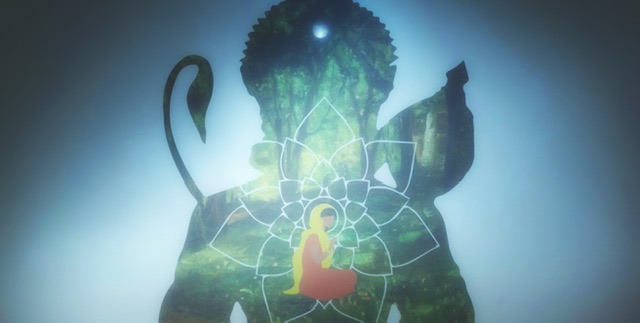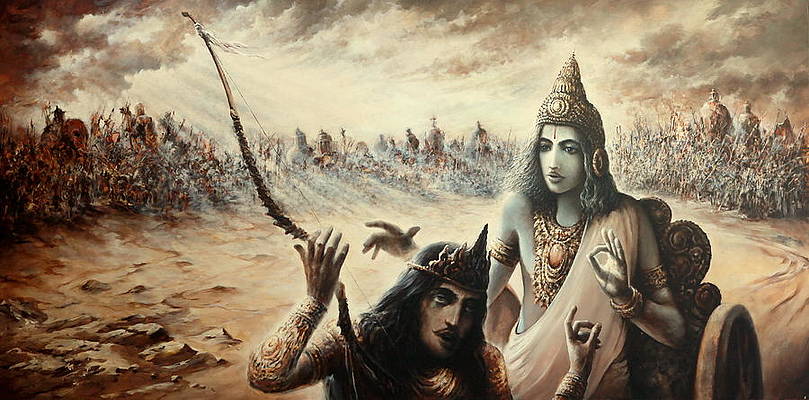The references in both Ramayana and Mahabharata mention the two great architects, namely Vishwakarma and Maya Danav. Vishwakarma, son of Lord Brahma, was the divine architect of the whole universe, and one of the fourteen precious things born of the Samudra Manthan. The literal meaning of the title Vishvakarma is ‘all-maker’ (vishva means ‘all’ and karma means ‘maker’ or ‘doer’). He is believed to be the ‘Principal Architect of the Universe’ and the root concept of the later Upanishadic Brahman/Purusha. He is the presiding deity of all craftsmen and architects.
Hindu scriptures describe many of Vishwakarma’s architectural marvels. Through the four yugas (aeons of Hindu mythology), he had built several towns and palaces for the gods, and was the creator of many fabulous weapons too. Among them were, in chronological order, Svarga (Heaven) in the Satya Yuga; Golden Lanka where King Ravana lived in the Treta Yuga; the holy city of Dwarka (Krishna’s capital) in the Dwapara Yuga; the town of Hastinapur, the capital of Pandavas and Kauravas from the Mahabharata; the town of Indraprastha and Maya Sabha for the Pandavas. He also created the flying chariots and weapons of gods that were used in the Vedic times, including the sacred weapon of Lord Indra known as Vajra which was made from the bones of Sage Dadhichi. He is also believed to have given divine attributes to each of the weapons he created.
Vishwakarma Puja is celebrated a day after Diwali to pay reverence to Lord Vishwakarma. He is also called the divine carpenter, as mentioned in the Rig Veda, and is credited with Sthapatya Veda, the science of mechanics and architecture.
References:
Wikipedia, Book on Advancements of Ancient India’s Vedic Culture.





